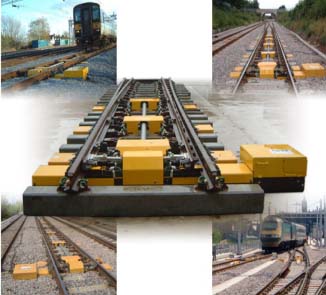Industrial spray painting may not require Rembrant’s talent but one still needs a high level of skill to do the job well.
But first we want to answer this question: Why are companies like PRV Engineering needed to paint heavy machinery in the first place? Why not just leave it the way that it is? Well there are two answers to this question: to ensure that our customers’ machines do not rust, and, of course, to keep the machines generally looking good.
Industrial spray painting differs from other types of painting, for example the type of painting you would do in your home, because there are many different variables to consider. For instance, industrial painters have to look at aspects like flammability and the temperature. They need to determine whether the paint is flammable and how well it will preform and last under temperatures that are likely to get very high while the machine is operating.
Aspects of Industrial Spray Painting
Painters use various techniques in conjunction with a variety of sprayers and other technology to apply paint to machinery but here are the main variables that industrial spray painters consider when undertaking a job:
- Substrate Preparation – Substrate is the preparation of the surface that requires painting. Painters have to ensure that the substrate is cleaned properly for even and proper painting. It is a proven fact that as high as 80% of all paint jobs fail because of improper preparation of the surface before painting.
- Paint Thinning – There are times in the painting process when the paint needs to be thinned out for proper application and coverage. Thinners are different from each other on the basis of what they can dissolve and heir odor and their flammability. For most paints, mineral spirits, along with an alkyd or oil base, can be used for thinning but there might be other paints that require other types of thinners.
- Spraying – The actual spraying also requires great care and precision on the part of the painter. Variables in the spraying process include the type of paint finish that is required, the type of paint being used and the substrate type. There’s a large variety of spraying devices and guns that can be used so industrial painters must consider all the variables and chose the right spraying device to achieve an evenly distributed and smooth finish. Painters also have the flexibility to choose the amount of pressure that the paint is applied with and this is measured in pounds per square inch.
If you are interested in talking to us about your spray painting requirements, contact us at PRV Engineering as we would be happy to advise you on what would be best for your machinery.








Recent Comments